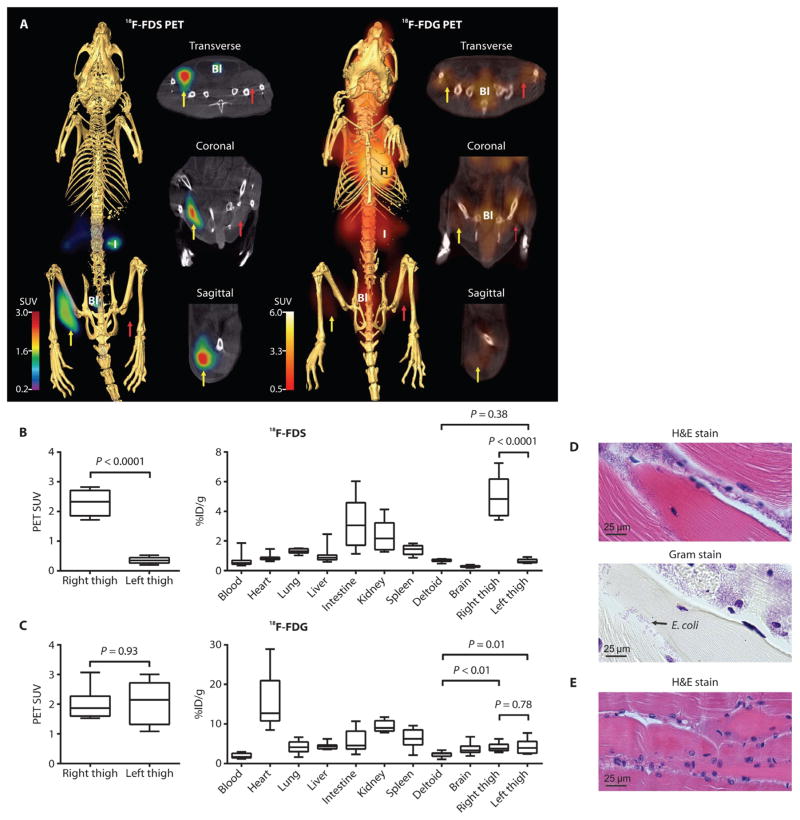Fig. 2. PET/CT imaging of E. coli myositis in immunocompetent mice.
(A) 18F-FDS signal is noted in the infected (yellow arrow) but not in the inflamed (control) sterile thigh (red arrow). 18F-FDG signal was noted in both infected and inflamed thighs. H, heart; I, intestine; Bl, bladder. (B and C) 18F-FDS (B) and 18F-FDG (C) PET signals in vivo from the infected (right) and inflamed (left) thighs and postmortem biodistribution in all organs. Data are medians with interquartile and ranges shown (n = 8 animals for 18F-FDS and n = 9 for 18F-FDG). P values were determined by two-tailed Mann-Whitney U test. (D and E) Hematoxylin and eosin (H&E) and Gram stains with inflammatory cells and Gram-negative bacteria in the E. coli–infected (right) thigh (D) and inflammatory cells without bacteria in the inflamed (left) thigh (E). Images are representative of five animals.

